August Issue: The Art of Commissioning
“Commissioning” has become a buzzword, and many owners don’t fully grasp its value. Here are some new and improved techniques to increase your property's performance.
By Dees Stribling, Contributing Editor
As information technology improves and building owners accept commissioning as standard practice, that would seem to mean smooth sailing for commissioning as an integral part of development and property management. Naturally, things aren’t that simple.
The objectives of commissioning have remained roughly consistent in recent years, but the challenge has shifted to “assisting in the development and demonstration of new products and gathering of operational data to develop objective information for improved decision-making,” explained Mike Maldari, associate partner at Chicago-based Syska Hennessy Group.
“Understanding the application and efficiencies of new technologies such as advanced load monitoring, control technologies for scheduled site energy management, and the utilization/maintenance of energy-efficient motors has become a crucial part of commissioning.”
As the technology and techniques of commissioning become more sophisticated, owners and property managers must keep up. “With the recent advancements in building system technologies to reduce energy consumption and become more environmentally friendly, monitoring-based commissioning (MBCx) is rapidly gaining popularity with building owners and property managers,” said Maldari, though he also noted that these systems need accurate data and variables to operate facilities at top efficiency.
In With the New
Among new and improved techniques, according to H. Jay Enck, co-founder & chief technology officer for Commissioning & Green Building Solutions Inc. in Atlanta, are “database repositories of operational and maintenance information that allow quick access from workstations and mobile devices both for commissioning and building operation professionals.” That, combined with fault detection and analytics, allows development of smart-building plans that can be programmed to trigger automated responses to utility consumption rate and quantity thresholds, which avoids premium costs stemming from peak demand.
Los Angeles-based Commissioning Group principal Steve Carroll agreed that new and improved techniques will help buildings be more efficient, but recommended caution.
“They need to be implemented properly,” he said. “The biggest challenge the industry faces now is the providers of these new and improved techniques are making outrageous and false claims with no facts to prove them right or wrong.”
Enck added that one of the biggest challenges ahead is “consistency in delivery of the commissioning process.”
As with any service, the recepient determines the quality. “In the case of building or facility owners, the value they get from commissioning is dependent on their engagement and understanding of what they should receive from the commissioning process—and their ability to clearly communicate their goals and objectives,” Enck continued.
“Commissioning” has become a buzzword, and many owners new to the process don’t fully grasp its value, Enck asserts. First-time users often start late in the process, sometime during construction, thus missing an opportunity to prevent problems that compromise the building’s ability to perform optimally.
New Issues, New Guidance
To address challenges, in 2013 the American Society of Heating, Refrigeration and Air Conditioning Engineers published “The Commissioning Process for Buildings and Systems.” Also known as Standard 202, the wide-ranging document outlines the roles and responsibilities of team members in contract-enforceable language and defines the deliverables that building owners can expect from the process. Owners can refer to Standard 202 to help them obtain consistency when requesting commissioning services.
Other sources of information to help keep up with changes in commissioning include the Building Commissioning Association (BCxA), Lawrence Berkeley National Laboratory (LBL), the U.S. Department of Energy (DOE), the California Commissioning Collaborative (CCC), the U.S. General Services Administration (GSA), the Building Enclosure Commissioning Collaborative (BECxC) and the National Institute of Building Sciences (NIBS), among others.
These authoritative sources help owners and managers address another challenge: overpromising. For all its merits, commisioning is no miracle cure for a poorly functioning property.
“Years ago, commissioning was seen as a service that helped make things work right,” Carroll explained. Owners were tired of their buildings not functioning properly and the high cost of repair and maintenance.
“Once commissioning came in, these complaints went down,” he said. Then the industry discovered that commissioning improves energy efficiency, as Lawrence Berkeley National Laboratory demonstrated in a years-long study.
But, Carroll asserted, some vendors are promising energy savings of 10 or 20 percent by replacing the commissioning agent with automation and attributing the improvement to the wonders of Big Data.
“These claims are very enticing to an uneducated owner,” he said. “Never mind that these energy savings claims haven’t been verified or even studied yet.
“We used to entrust the design engineers and the construction team to provide an energy-efficient building with systems that function properly,” Carroll added. “In many cases they didn’t deliver as promised, and in came the commissioning industry. Seems like some have not learned from history and want to go back to the old days.”
Another challenge is convincing owners to start the process early in development, contends Jeff Yirak, associate principal for commissioning with Wood Harbinger Inc. in Seattle.
“I’ve met many owner’s reps or project managers that figure they can just duke it out with the contractor until the building works right,” he said. “In reality, it’s not the contractor’s job to make sure the building works right.”
The engineer designs it so that it can work right, the contractor builds it so it can work right, but it’s up to the commissioning authority to take the final step and make sure the building will work right, Yirak explained.
“Commissioning is an integration exercise that begins when the equipment is switched on,” he said, “and ends when the operator and end-users understand how the building functions well enough to ensure it will work right in the years to come.”

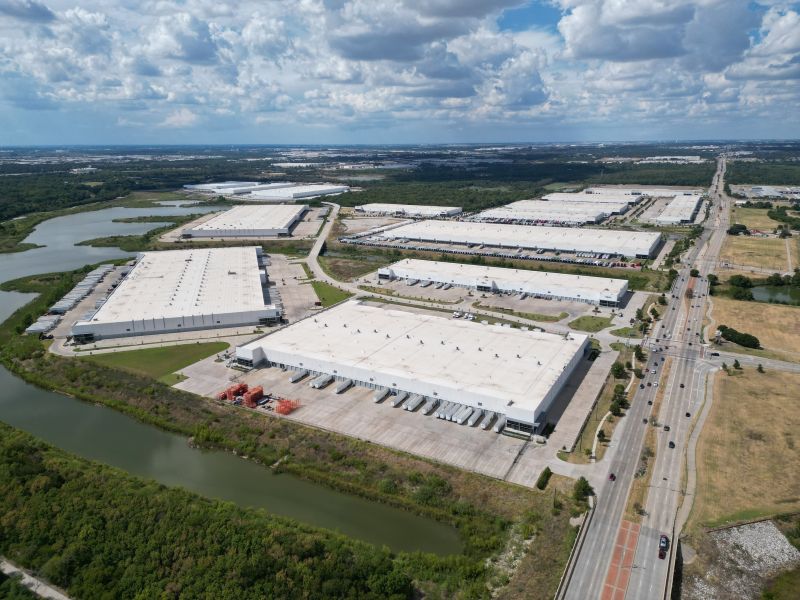
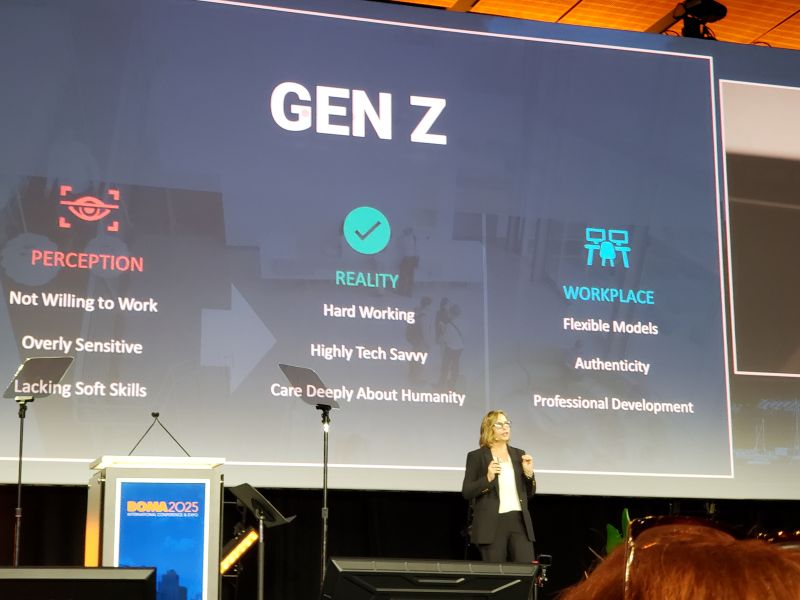
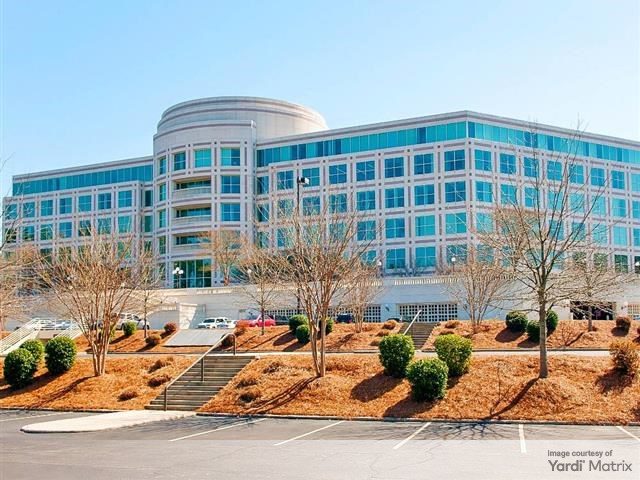
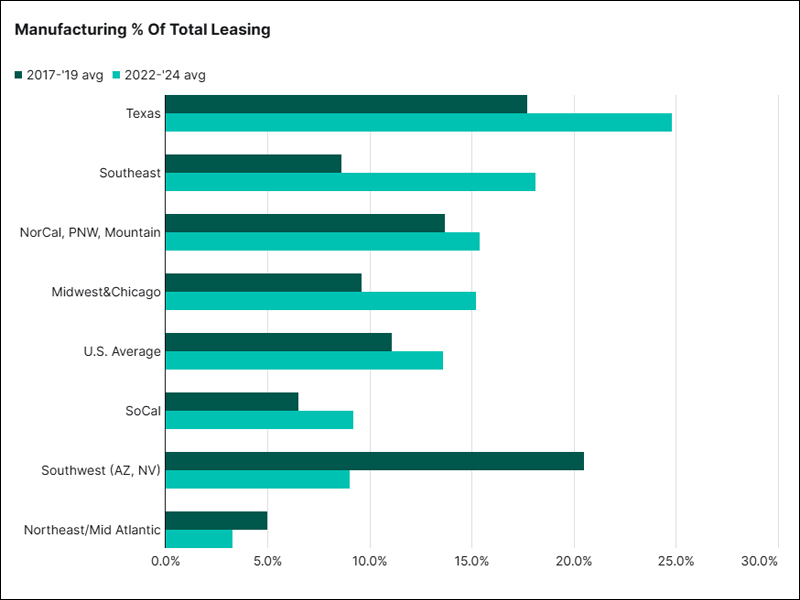
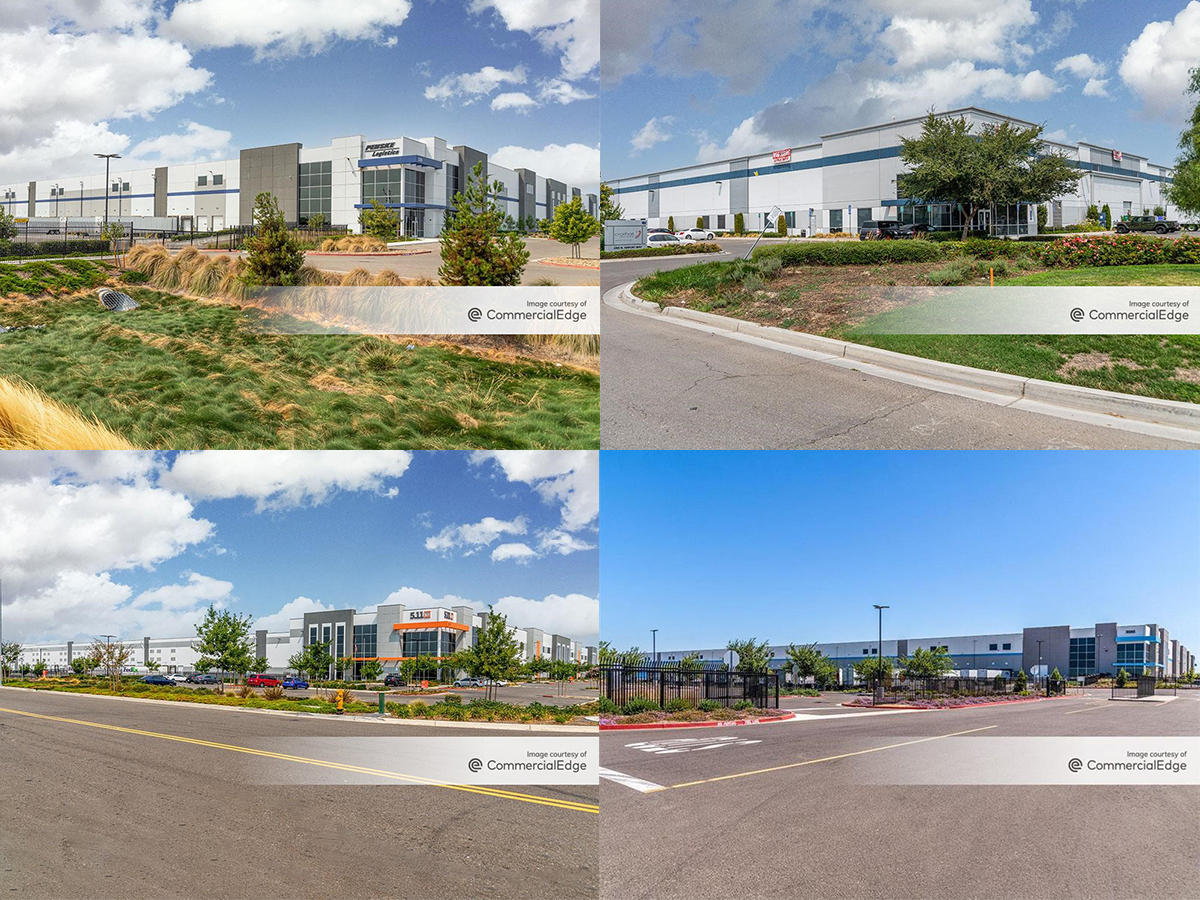

You must be logged in to post a comment.